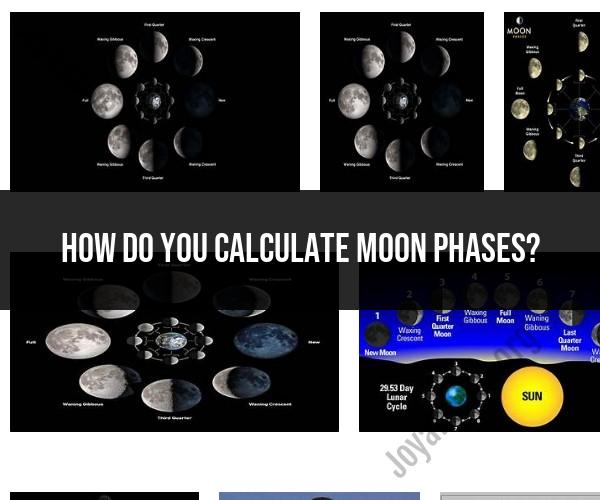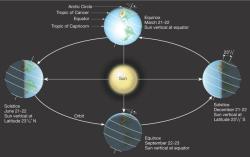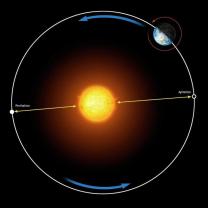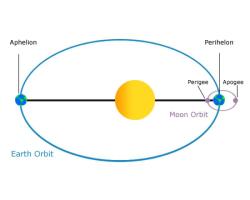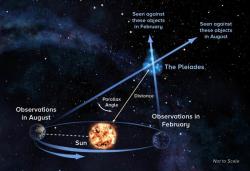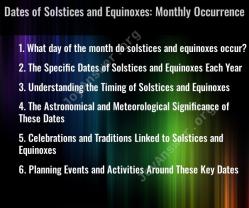How do you calculate moon phases?
Calculating moon phases involves understanding the position of the Moon relative to the Earth and the Sun in its orbit. The Moon goes through a repeating cycle of phases as it orbits the Earth, transitioning from New Moon to Full Moon and back again. Here's a comprehensive guide on how to calculate moon phases:
Understand the Basics:
- New Moon: The Moon is positioned between the Earth and the Sun, and the side of the Moon illuminated by the Sun is facing away from Earth.
- First Quarter: Half of the Moon's visible surface is illuminated, and it is 90 degrees east of the Sun in the sky.
- Full Moon: The entire visible surface of the Moon is illuminated as it is directly opposite the Sun in the sky.
- Third Quarter: Half of the Moon's visible surface is illuminated, and it is 90 degrees west of the Sun in the sky.
Know the Moon's Orbit: The Moon orbits the Earth approximately every 29.5 days, which is the lunar month. This period is known as the synodic month and is the basis for calculating moon phases.
Use Online Tools: Calculating moon phases manually can be complex due to factors like the Moon's elliptical orbit and the tilt of its orbit relative to Earth's orbit around the Sun. It's often more practical to use online tools or moon phase calendars, which provide accurate moon phase information for any date.
Consult a Moon Phase Calendar:
- Moon phase calendars or apps are readily available and can show you the moon phases for any specific date and location.
- You can find moon phase calendars online, in astronomy books, or through smartphone apps.
Understand Astronomical Algorithms:
- If you are interested in the mathematical details, there are algorithms like the "Lunar Phase Calculation" algorithm, which uses trigonometry to calculate moon phases.
- These algorithms take into account factors like the Moon's position in its orbit, its distance from Earth, and the angle between the Moon, Earth, and Sun.
Learn Observation Techniques:
- You can also observe the Moon's phases directly by looking at the Moon in the night sky and noting its appearance over time.
- Keep a moon phase journal to record your observations and track the moon phases throughout the month.
Consider Astronomical Software:
- Astronomical software programs like Stellarium, Celestia, and SkySafari can simulate the night sky and provide accurate moon phase information for any date and location.
Calculating moon phases manually involves complex mathematical calculations, and it's generally easier and more accurate to use modern tools and resources. Whether you're a casual observer or a serious astronomer, moon phase calendars and astronomical software can provide you with precise information about the moon's phases on any given day.
